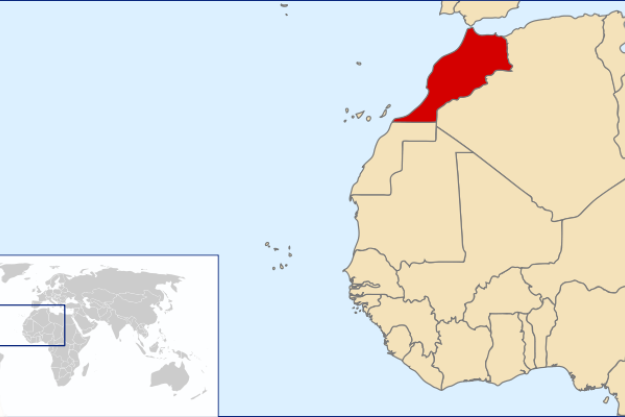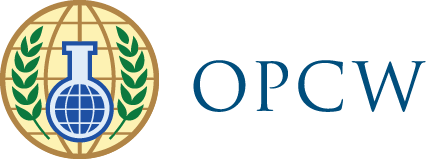
Kenitra, Morocco, 3–7 March 2008
With funding support from the EU Joint Action 2007 for activities under Article X of the CWC, OPCW organized a practical training course in emergency response against chemical weapons for States Parties of the North African sub-region, which was held in the Royal Institute of Police, Kenitra, Morocco, from 3 to 7 March 2008. Twenty-seven officials and experts from the army, police, medical and other government agencies and ministries of Algeria, Libya, Morocco and Tunisia took part.
The course is part of a project aimed at building a regional network and emergency response system against the use, or threat of use, of chemical weapons. The project is designed for first responders and specialists involved in this field.
The course was opened by Mr Ali Amhaouch, Director, Academics and Training, Royal Institute of Police. Mr Rochdi Driss, a representative from Morocco’s Ministry of Foreign Affairs, welcomed the participants and said the training will further enhance cooperation and protective capacity against chemical weapons in the region. Two other officials of Morocco – H.E. Mr Cherki Drais, Director-General of National Security, and Mr Saad Hassar, Secretary, Ministry of Interior – visited the Royal Institute of Police to meet with the participants.
Mr Cherki Drais acknowledged the services of the OPCW in capacity-building and emphasised the need to continue regional cooperation and the training of first responders and specialists in response to incidents involving chemical weapons agents.
The course included presentations on: Article X of the CWC highlighting the requirements and submissions under paragraph 4 and 7; the means and methods to provide protection to civilian populations; rescue activities in potentially contaminated areas; information on individual protective equipment and mass decontamination; evacuation procedures for a civilian population; and down-wind hazard prediction and modelling in case of use of toxic industrial chemicals.
During the training, discussions covered the Tokyo sarin attack that occurred in March 1995 along with other case studies of chemical emergencies. A practical exercise to demonstrate the procedures involved in an emergency related to chemical weapons was also conducted.
